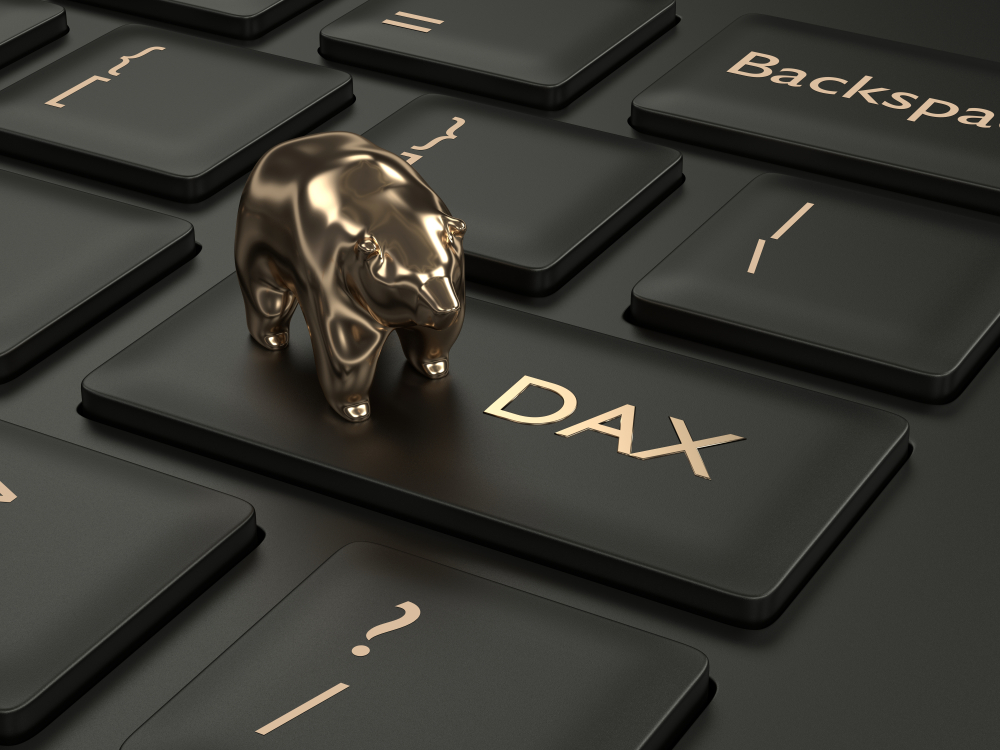- Summary:
- The DAX Index rose in yesterday's trading following rumors that the ECB would soon cut rates like other central banks. But will they?
The DAX Index finished yesterday’s trading higher by 1.19% or 142.300 points at 12,127.690 on optimism that the ECB would soon ease monetary policy. Can it extend its gains today?
The hourly chart of DAX Index CFDs seems to suggest so. After a series of lower lows, Germany’s stock index made higher lows. Consequently, an inverse head and shoulders pattern has formed. In forex trading this is considered as a bullish reversal signal. A close above yesterday’s high at 12,278.9 would effectively break the neckline resistance. It could mean that the DAX Index would soon trade higher to its February 26 highs at 12,753.3.
Read our Best Trading Ideas for 2020.
There were rumors yesterday that ECB officials convened in an emergency meeting. Speculations are that the central bank would soon announce easing measures to follow its counterparts. Earlier this week, major central banks around the world cut interest rates, namely: the Federal Reserve, RBA, HKMA, and BOC.
However, it’s worth pointing out that unlike the above monetary authorities, the ECB already has its rates at 0.00%. There is little room for the central bank to maneuver in terms of stimulating economic growth. Additionally, there is less pressure for the ECB to follow the status quo after the BOE hinted yesterday that they would not cut rates.
If this turns out to be the case, the DAX Index could resume its drop soon. On the 4-hour chart, we can see that the recent consolidation completes what looks like a bearish flag. A drop below its March 2 lows at 11,625.5 could mean that the DAX Index could fall to support at 11,430.0 where it bottomed on August 2019.


